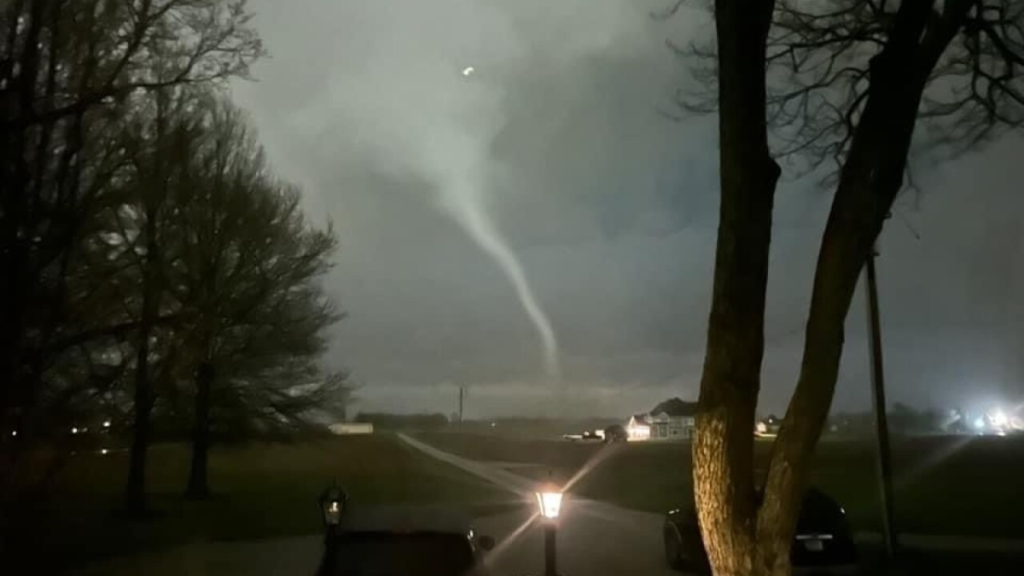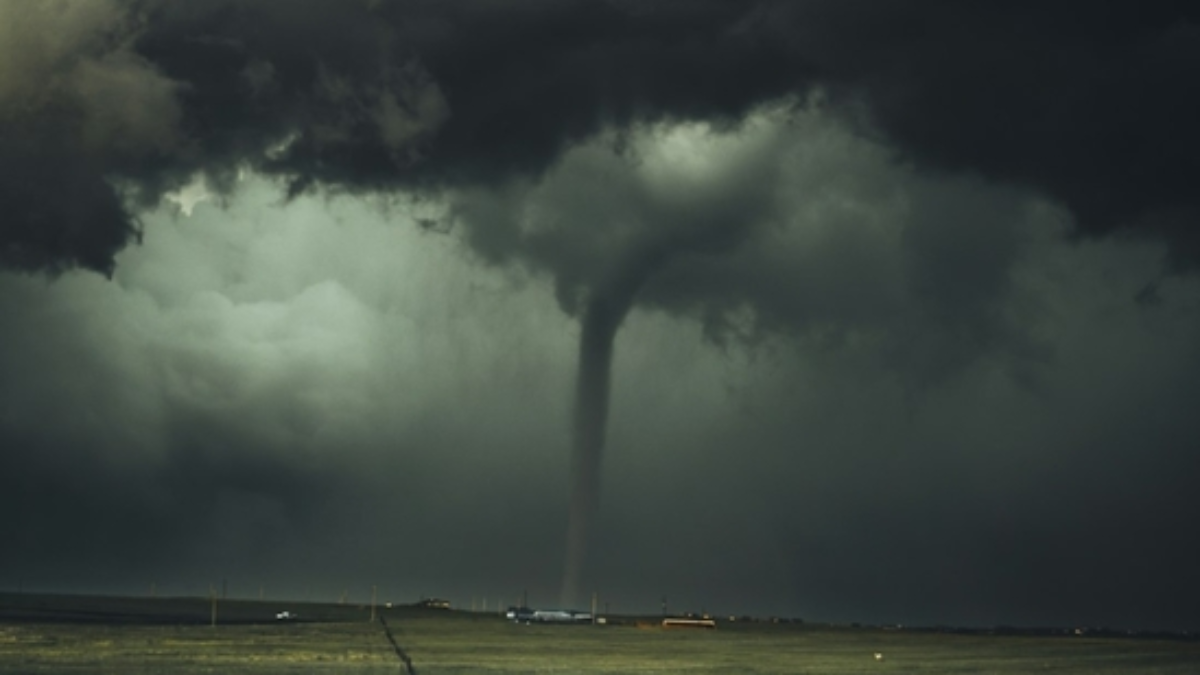Tornadoes are nothing new to Indiana, which sits in what meteorologists sometimes call “Dixie Alley”—a region east of traditional Tornado Alley that still sees frequent twister activity.
But recent years have sparked concern as tornado sightings and warnings appear to be increasing across the state. So, are more tornadoes touching down in Indiana, or is something else going on?
The answer isn’t as straightforward as a “yes” or “no.” It involves a combination of climate data, better technology, urban development, and even social media reporting.
Indiana’s Tornado History and Patterns
Historically, Indiana has averaged around 20 to 25 tornadoes per year, according to the National Weather Service (NWS). These storms usually occur between April and June, aligning with peak severe weather season in the Midwest.
However, variations in yearly totals are common. Some years bring only a handful of weak tornadoes, while others produce destructive outbreaks like the infamous Palm Sunday Tornadoes of 1965.
In recent decades, researchers have noted a shift in where tornadoes are forming across the U.S. — particularly an eastward drift. While states like Oklahoma and Kansas are still known for their twisters, places like Indiana, Illinois, and Kentucky are increasingly experiencing tornadic activity, possibly due to shifts in climate patterns and moisture availability.
Are Tornadoes Actually Increasing in Indiana?
Technically, Indiana’s tornado count has gone up in recent years — but it’s not necessarily because there are more storms forming. Experts point to several reasons why more tornadoes are being reported:
- Improved radar and satellite technology: The introduction of Doppler radar in the 1990s dramatically increased the detection of small and short-lived tornadoes that may have gone unnoticed in previous decades.
- Social media and smartphone usage: Today, almost every thunderstorm is documented in real-time by storm spotters and the general public. Videos and photos shared on platforms like Twitter or Facebook help the NWS confirm tornadoes that once may have been missed.
- Population growth and urban sprawl: As more people move into rural or suburban areas, there are simply more eyes—and more structures—for tornadoes to impact and be reported.
So while the number of reports has risen, that doesn’t automatically mean Indiana’s experiencing stronger or more dangerous tornadoes than in the past.
Tornado Strength and Seasonality Are Also Changing
Another trend that has puzzled meteorologists is the increased occurrence of tornadoes outside of peak season, particularly in fall and winter months. In December 2021, a powerful storm system spawned several tornadoes across southern Indiana, highlighting the changing nature of severe weather seasons.
Additionally, Indiana is seeing more EF-0 and EF-1 tornadoes—those on the lower end of the Enhanced Fujita Scale. While still dangerous, these storms tend to cause minor structural damage and are less likely to be fatal than the long-track, EF-4 or EF-5 twisters seen in Tornado Alley.

Climate Change and Tornado Activity: What’s the Connection?
When it comes to tornadoes and climate change, scientists are cautious. Tornadoes are small-scale phenomena and notoriously hard to predict, making long-term trends difficult to confirm.
However, some researchers argue that warmer temperatures and increased atmospheric moisture may be influencing where and when tornadoes form. As the jet stream shifts and the Gulf of Mexico’s moisture reaches farther north, Indiana could see more frequent severe weather outbreaks.
Final Thoughts: The Data Tells a Mixed Story
So, is Indiana seeing more tornadoes than in the past? Yes—but with important caveats. While the number of reported tornadoes has increased, it’s due in large part to better detection, technology, and public reporting.
The state isn’t necessarily seeing more catastrophic tornadoes; it’s just getting better at identifying the weaker ones that previously went unnoticed.
What’s more concerning is the potential shift in tornado seasonality and geography, influenced by long-term climate trends. While the science is still developing, it’s a reminder that Hoosiers should stay weather-aware year-round—not just in spring.
How Residents Can Stay Prepared
- Sign up for weather alerts through NOAA Weather Radio or local emergency services.
- Download trusted weather apps that provide real-time radar and alerts.
- Keep an emergency kit with water, batteries, medications, and essential supplies.
- Know where your safe room or storm shelter is, especially if you live in a mobile home or rural area.
Understanding tornado trends in Indiana is complex, but preparation is simple. Staying informed and proactive is the best defense against the state’s unpredictable spring skies.
For more insights on climate’s influence on tornado activity, visit NOAA’s Severe Weather FAQ.
Disclaimer – Our team has carefully fact-checked this article to make sure it’s accurate and free from any misinformation. We’re dedicated to keeping our content honest and reliable for our readers.
